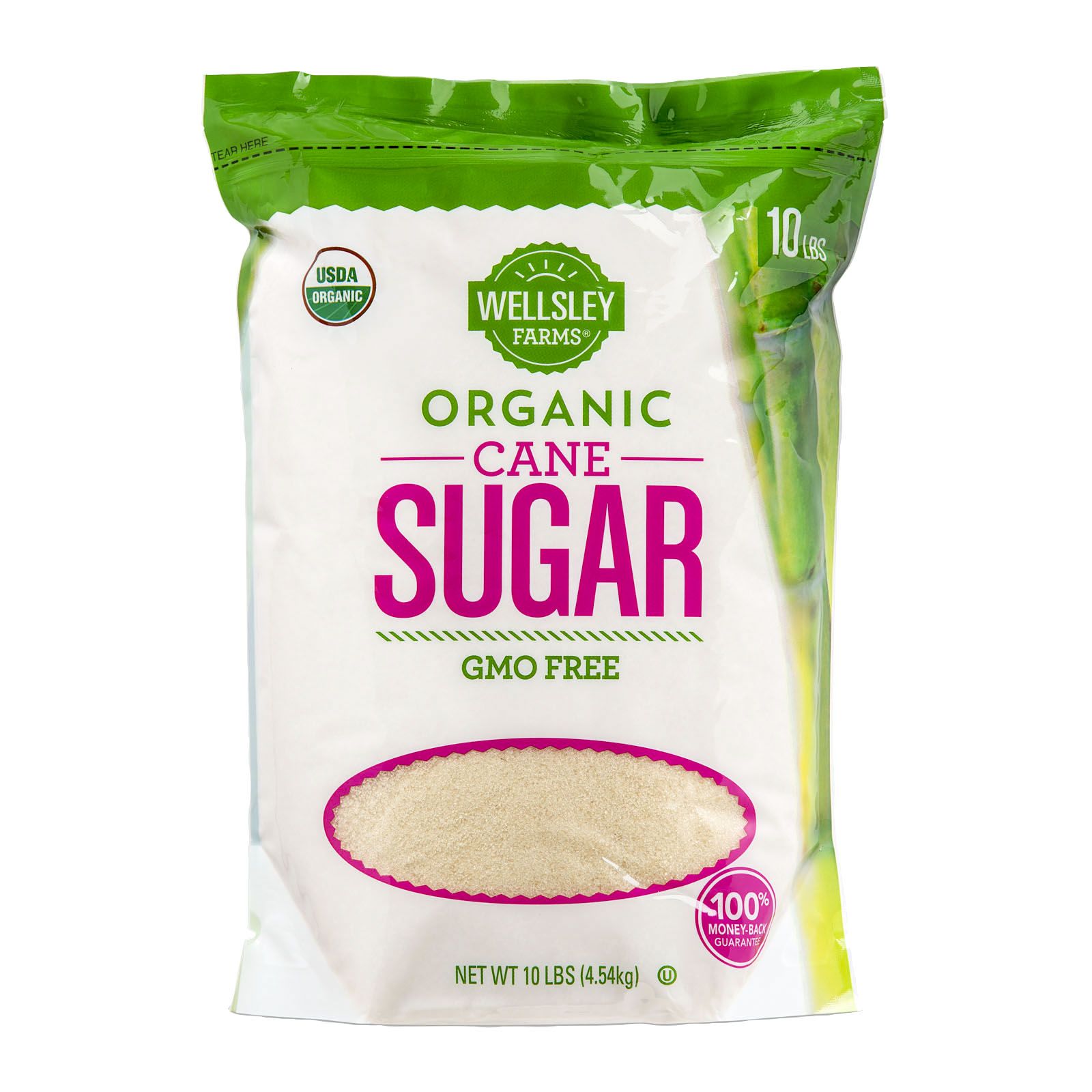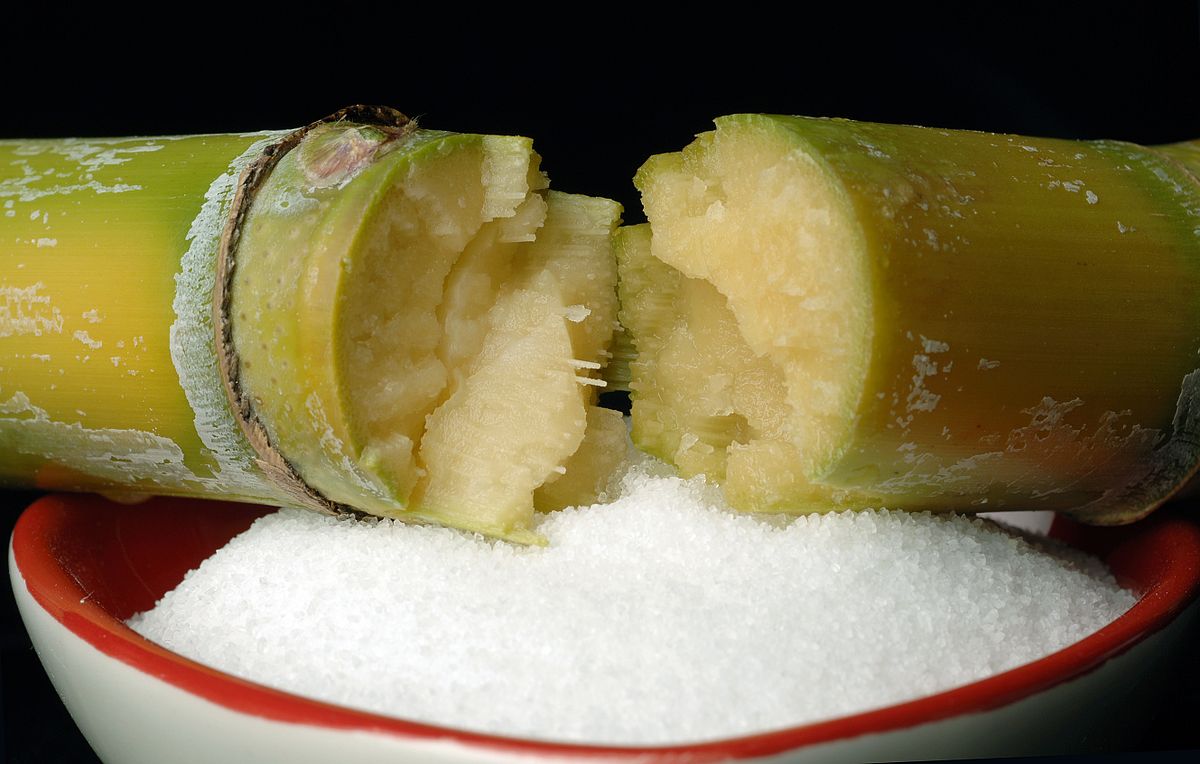Exploring the Comprehensive Tips Associated With Cane Sugar Processing From Gathering to Refinement
The process of walking cane sugar production includes a series of intricate actions, beginning with the cautious harvesting of sugarcane and finishing in the improvement phases that guarantee the last product meets industry standards. Each phase, from the extraction of juice to the filtration and formation processes, plays an important role in determining the quality and personality of the sugar. Understanding these stages not only highlights the complexity of sugar manufacturing but also raises critical inquiries about performance, sustainability, and advancement in the industry. What ramifications do these factors have for future techniques?
Harvesting Sugarcane
Harvesting sugarcane is a crucial step in the walking stick sugar processing chain, as it directly influences the high quality and yield of the end product. Correct timing and strategies are vital during this stage to guarantee optimum sugar material and decrease losses. Normally, sugarcane is collected when it reaches maturity, usually 12 to 18 months after growing, characterized by a high sucrose focus.

Post-harvest, the sugarcane needs to be refined swiftly to stop sucrose degradation. Preferably, collected cane must be moved to refining facilities within 1 day to preserve sugar top quality. Consequently, effective logistical planning is vital to maintain the honesty of the gathered plant throughout the supply chain.
Removal Process

The crushed walking stick is subjected to a collection of pushing operations to maximize juice recovery. Generally, warm water is sprayed onto the crushed walking cane, creating a countercurrent circulation that aids liquify the sugar while likewise helping in the removal procedure. The juice accumulated from this procedure includes not just sugar yet additionally different natural substances and contaminations.

To boost extraction effectiveness, some facilities might utilize diffusion techniques, where the sugarcane is taken in warm water, permitting the soluble sugars to diffuse right into the fluid. The resulting juice, abundant in sucrose, is then routed to succeeding handling stages, laying the structure for purification and improvement. The removal process is thus crucial in figuring out the high quality and return of the last sugar item.
Filtration Techniques
The purification methods used in cane sugar processing are crucial for transforming the raw juice into a top notch sugar item. These techniques primarily aim to remove pollutants, such as dirt, plant products, and inorganic compounds, which can negatively influence the end product's flavor and color.
This process involves adding lime and heat to the raw juice, which facilitates the coagulation of pollutants. Additionally, the use of phosphoric acid can enhance the information procedure by further binding pollutants.
An additional substantial method is carbonatation, where co2 is presented to the cleared visit the website up juice. This response generates calcium carbonate, which captures remaining pollutants and promotes their elimination.
In addition, activated carbon treatment may be used to adsorb any type of staying colorants and organic pollutants, guaranteeing a more refined item. The combination of these techniques efficiently prepares the sugar juice for succeeding action in the refining procedure, establishing the phase for the production of top quality walking cane sugar.
Condensation Techniques
After the purification phase, the next vital action in cane sugar processing includes condensation approaches, which play a crucial function in changing the cleared up juice right into solid sugar. This procedure generally uses two primary methods: spontaneous crystallization and regulated formation.
In spontaneous condensation, supersaturated sugar remedies are enabled to cool down naturally, leading to the development of sugar crystals in time. This method is simpler but might cause irregular crystal sizes and lower purity degrees. On the other hand, regulated crystallization is a more exact strategy where focus, seeding, and temperature agents are diligently managed. This technique enables the consistent development of sugar crystals and greater pureness.
Throughout crystallization, the cleared up juice is focused through dissipation, enhancing its sugar material till it reaches supersaturation. Once this point is achieved, either method can assist in the crystallization process. Cane Sugar Processing. The resultant sugar crystals are then divided from the remaining syrup through centrifugation
Eventually, the choice of crystallization approach impacts the quality, dimension, and pureness of the final sugar product, making this action essential in the overall cane sugar handling procedure.
Refinement and Packaging
Just how can the purity and top quality of walking cane sugar be even more improved after crystallization? The improvement process plays a critical role in attaining top notch walking cane sugar.
Next, the sugar is subjected to a procedure called centrifugation, where it is spun at broadband to divide the purified sugar crystals from the continuing to be fluid. After centrifugation, the sugar is typically further refined with a method called carbonization or phosphatation, which uses activated carbon or phosphoric acid to get rid of read here color and off-flavors.
As soon as improved, the sugar is dried out to accomplish the desired dampness web content, guaranteeing that it remains secure during storage space and transport. The final step involves packaging the refined sugar i thought about this in moisture-proof and airtight containers to maintain its high quality and prevent contamination. Cane Sugar Processing. Correct product packaging not just extends rack life but likewise helps with simple handling and circulation, making certain that customers get sugar that meets the highest requirements of pureness and high quality
Final Thought
The extensive steps associated with walking cane sugar handling, from the precise harvesting of sugarcane to the complex improvement and packaging stages, emphasize the significance of each phase in ensuring premium sugar manufacturing. Ideal harvesting methods, effective extraction methods, and strenuous filtration procedures collectively add to the last product's pureness and stability. The condensation and subsequent product packaging techniques better enhance the stability and rack life of the sugar, highlighting the complexity and precision intrinsic in this important farming market.
The process of walking cane sugar production includes a collection of intricate actions, beginning with the mindful harvesting of sugarcane and culminating in the refinement stages that guarantee the last item fulfills market requirements. Ideally, harvested walking cane needs to be transferred to processing facilities within 24 hours to maintain sugar high quality.In spontaneous formation, supersaturated sugar solutions are allowed to cool down naturally, leading to the formation of sugar crystals over time - Cane Sugar Processing. The refinement procedure plays a critical role in attaining high-quality cane sugar.The comprehensive steps entailed in walking cane sugar processing, from the careful harvesting of sugarcane to the intricate refinement and product packaging phases, highlight the value of each stage in making certain high-quality sugar production
Comments on “Efficient Cane Sugar Processing: Taking Full Advantage Of Return and Purity”